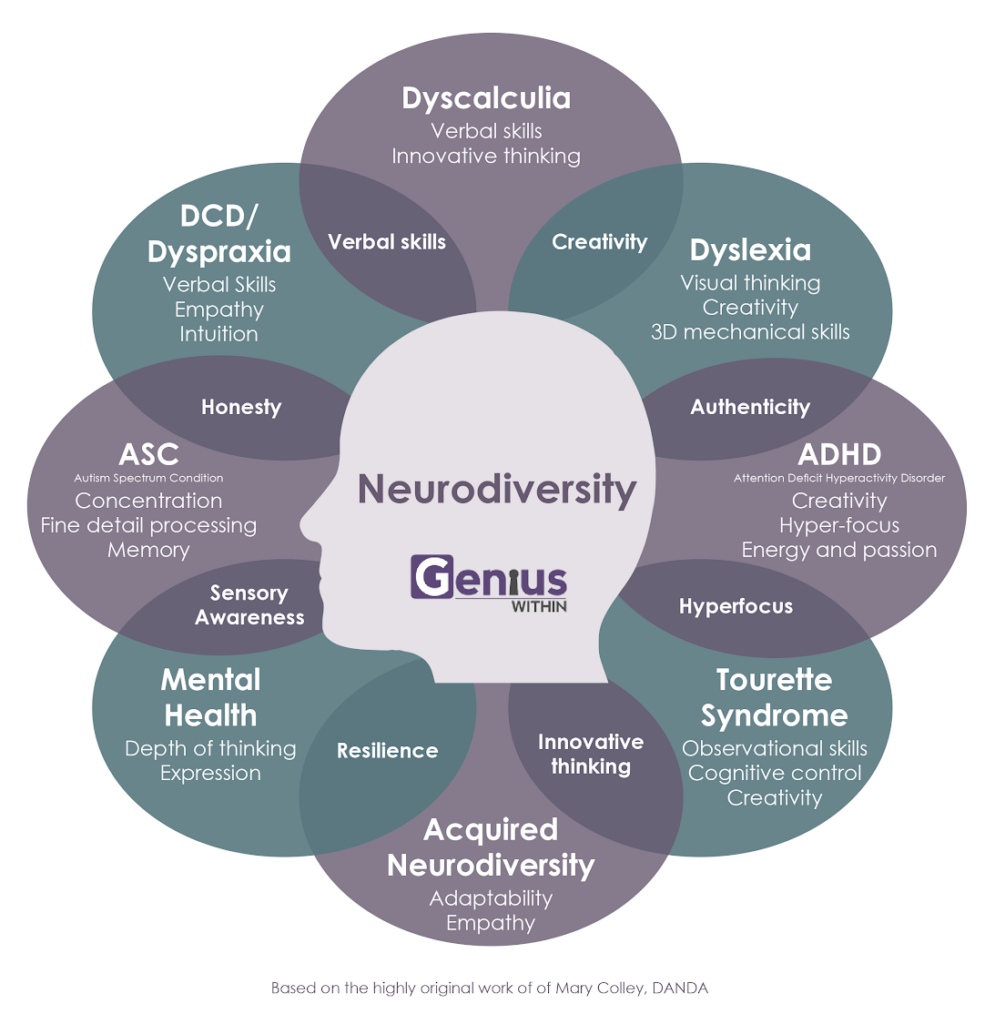As the world adjusts to remote working and learning, we’ve all had opportunities to notice how our brains and bodies work best. Some of us are finding that our introversion actually loves being able to work alone, at home, and report back in supportively distanced ways. Staying home allows those with medical conditions to work while snacking, reclining, exercising, or infusing. Even pajama and sweats enthusiasts are finding that they can accomplish so much more from the plush comfort of their homes, without needing to conform to the office dress code!
While we’ve discovered these upsides, we’ve likely all had moments when — for whatever reason — we struggled to make things work. Maybe the source of the breakdown is evident, like distractions from kids at home or migraines from too much screen time. Maybe it’s subtle and tougher to figure out, like extroverts’ energy slowly draining from lack of in-person conversations, or the emotional weight of the news wearing down an empath.
Getting stuck
These moments of hitting a wall are familiar to those of us who are classified as neurodivergent. Neurodivergence is the term used for individuals whose brains “diverge” from the “norm.” This typically includes people with diagnosed neurological disorders and learning disabilities and is used to explain why an accommodation is needed. For example, a student with ADHD may not be able to focus the same way as her neurotypical peers. So, she will be given extra time to complete written tests.
We love being able to neatly put people into boxes. And these boxes may help us identify changes to people’s environments that could truly be helpful! Unfortunately, though, labels can come with stigma and often overlap in complicated ways.
More on cognitive dysfunction here.
An interconnected spectrum
The beautiful reality of brains is that there is no “normal” from which we diverge. The truth is, we are all unique in overlapping, complex ways. We are diverse rather than divergent. The neurodiversity movement argues that instead of putting people into boxes, we should be celebrating the incredible diversity of how brains function! We all exist somewhere on multidirectional and interconnected spectra:
- introversion and extroversion
- visual, auditory, and kinesthetic learners
- ADHD, autism spectrum, and hypersensitivity
- cognitive dysfunction and brain fog
- and so much more!

We are shifting from creating accommodations for diagnosed learning disabilities to identifying the learning differences between all students. The Universal Design for Learning is a framework for all students to access activities from each unique brain’s strengths. And as this spot-on graphic from Genius Within points out, all ends of these spectra, even the ones that have been labeled as “disorders,” are neither inherently good nor bad. Sure, in some environments they can present challenges. But that is not the brain’s fault! It is the failure of the environment to adapt to the diverse individuals within it. Given the right environment, each of these diverse brains can unlock its unique perspectives and strengths. I like to think that if we could only remove our kryptonite, we would all have superpowers. Imagine what we could do and what the world could look like if we unlocked the power of our neurodiversity.
Want to hear personal stories about neurodiversity? Check out Celebrating Our Diverse Brains!


One Response